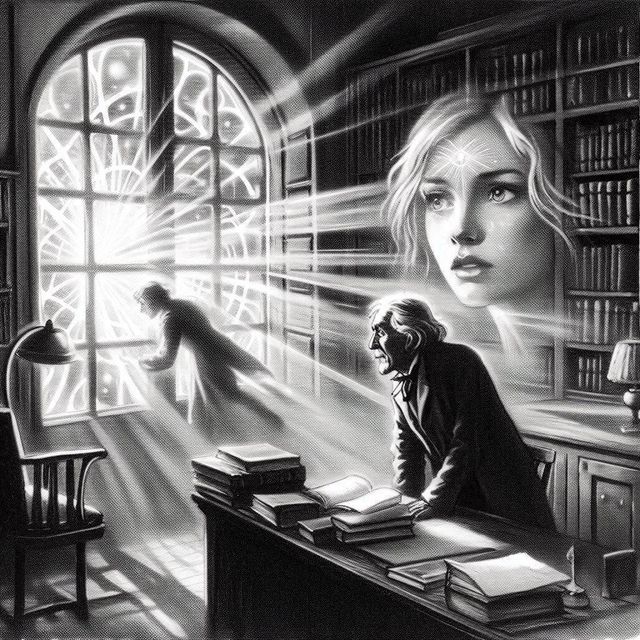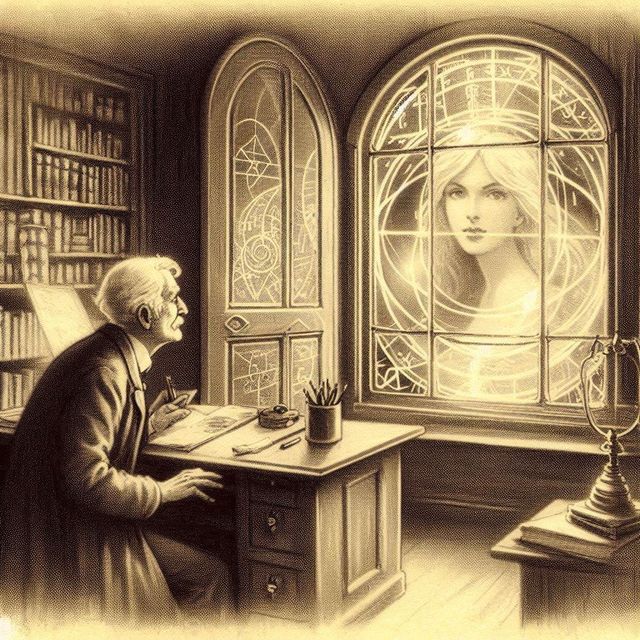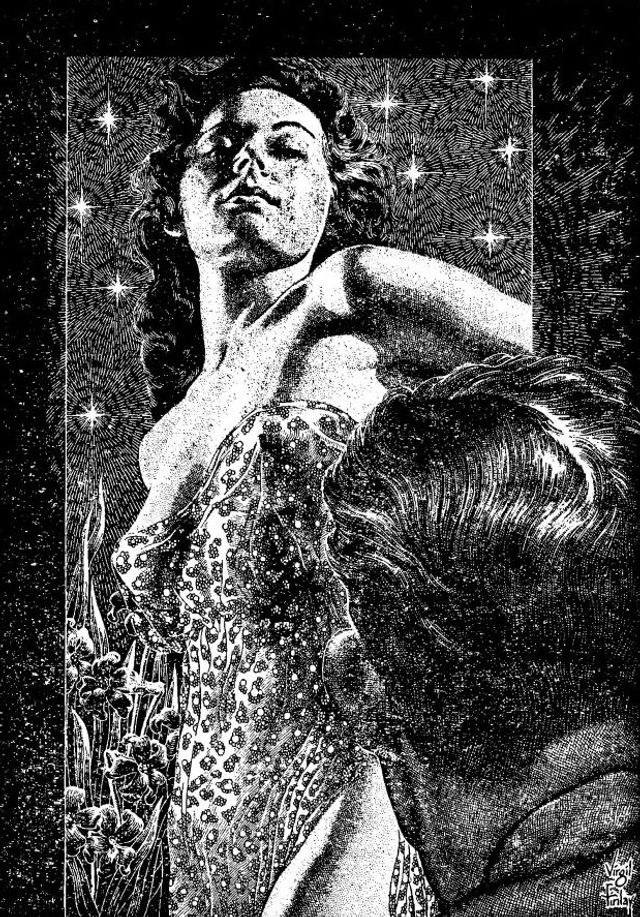-
Vijay Fafat
- Published on
A typical story of the era. Delmar had been in love with a girl called Lorna, daughter of a genius-caliber mathematical physicist, Arnold Kettering. Kettering, was as violent-tempered and irascible as he was brilliant. He utterly dismissed most of the scientific community except those who delved into the depths of mathematics, for “only in the field of mathematics do your so-called scientists really begin to think”. He had hired Delmar as an assistant for his experiments but completely dismissive of his Ph.D. and his expertise. Delmar bore all the atrocious treatment meted out to him to stay close to Lorna.
Kettering had long believed that the physical universe was just a particular structure of energy shaped by frequencies (of disturbances) in it, with our 3-d space just a sliver of a larger geometry of 4=four dimensions. To quote:
“>Kettering, it now seemed clear enough, had pictured the objective physical world as a four-dimensional super-stratum, which was characterized by the infiniteness and perpetuity of energy and being. To limited sense perceptions and instruments, abstractions from the super-stratum appeared as finite three-dimensional cross-sections. Three-dimensional objects, in other words, were “shadows” of four dimensional “extensions”, and were thus illusory. There was no ultimate reality, but only a relative point of view. Extensions had orientation within the super-stratum up to the instantaneous “present” in any particular system of space-time. A reorientation or displacement involved the infinite energy of the super-stratum and accordingly took place at the speed of light, and at a right-angle to the original orientation. From the three dimensional point of view, the relatively dynamic became the relatively static, and therefore a three-dimensional object became a two dimensional cross-section, or shadow. Here the Lorentz-FitzGerald contraction was in the direction of “thickness”. Equilibrium of the energy relationships between the extension and the super-stratum was reached in another system of space-time, on the plane of the probability-future.”
Based on these considerations, Kettering built a device which would rotate a human being into the eternal fourth dimension, because:
“A human being, of course, was a three-dimensional object, a cross-section of a four-dimensional extension. Subjected to a process utilizing the infinite energy of the super-stratum, this object could literally be shifted into another system of space-time. The object thus had extension in the original system up to the point, or instant, of application of the process. Beyond this point in the original system the object no longer had extension or three-dimensional reality, but remained as a two-dimensional cross-section or shadow, since this was all that now had extension in that system. A two-dimensional shadow would be superimposed against any surface that came within the field of influence of the process, a wall—or a window. Two systems of space-time would meet here at right angles, and as a result there would be certain abnormal phenomena, among which would be a faintly audible “singing”. The process itself involved three dimensional abstractions from the basic energy of the super-stratum in the form of electro-magnetic frequencies. It was fully reversible, infinite in one direction, finite in the other. The transformation was essentially one of degree rather than kind, since the only real difference was in the point of view. From the three-dimensional point of view, an electro-magnetic process directly involving the super-stratum would have perpetuity and would be self -sustaining by its very nature.”
When Kettering found out about the intimacy between Delmar and his daughter, he threw Kettering out and one day, in a fit of rage, turned the machine on his daughter, banishing her into the higher dimension. This dimensional gate got embedded into the window of his study room, which now became a phantasmical object.
“A picture had somehow been blended into the glass of the window, the picture of a girl, life-sized and startlingly real in color and photographic detail.”
Years later, a married but harassed Delmar moved into that same house and remained fascinated with Lorna’s picture. Yada-yada-yada, a plotline of marital infidelity, and Delmar jumped through the window to disappear into the fourth dimension, presumably going on to find Lorna.


